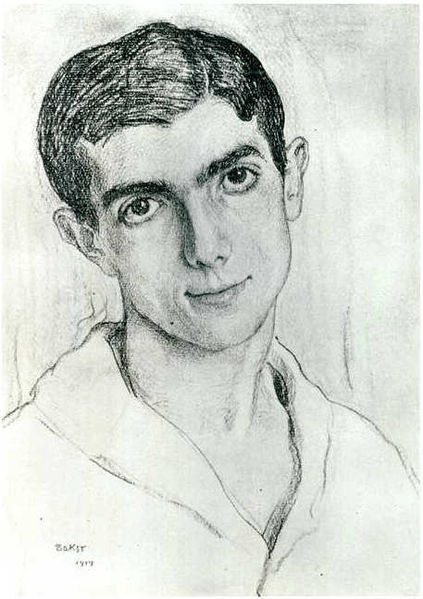
|
Léonide Massine at Positano
Alberto Testa – former dancer, now choreographer, dance critic, scholar and teacher of dance history, not to mention founder and artistic director of the Positano Prize – was chosen by Massine in 1952 to portray Judas in his "Laudes Evangeli", first performed the following year in Perugia and after that elsewhere in Italy and Europe. Testa recalls that the rehearsals of this "choreographic mystery" were held in Positano in August, and that Massine would arrive from Li Galli by boat in the morning and return there in the evening. The idea of creating an annual dance award for Italian artists (who were, and often still are, obliged to search their fortune abroad) was born in 1969. In 1979, the year of Massine's death, the Positano Prize was named after the great choreographer who so loved the area. A gala performance is held on the first Saturday of September, when the prize is awarded to promising young dancers as well as to étoiles of international fame. (Patrizia Vallone for Ballet Dance Magazine, September 2004) |
 Sergei Diaghilev's Ballets Russes influenced the
destiny of dance even more than one might imagine. Who would think that the
ancestry of the Positano Léonide Massine Prize for the Art of Dance could be
traced back – albeit somewhat indirectly – to that famed dance
company?
Sergei Diaghilev's Ballets Russes influenced the
destiny of dance even more than one might imagine. Who would think that the
ancestry of the Positano Léonide Massine Prize for the Art of Dance could be
traced back – albeit somewhat indirectly – to that famed dance
company?